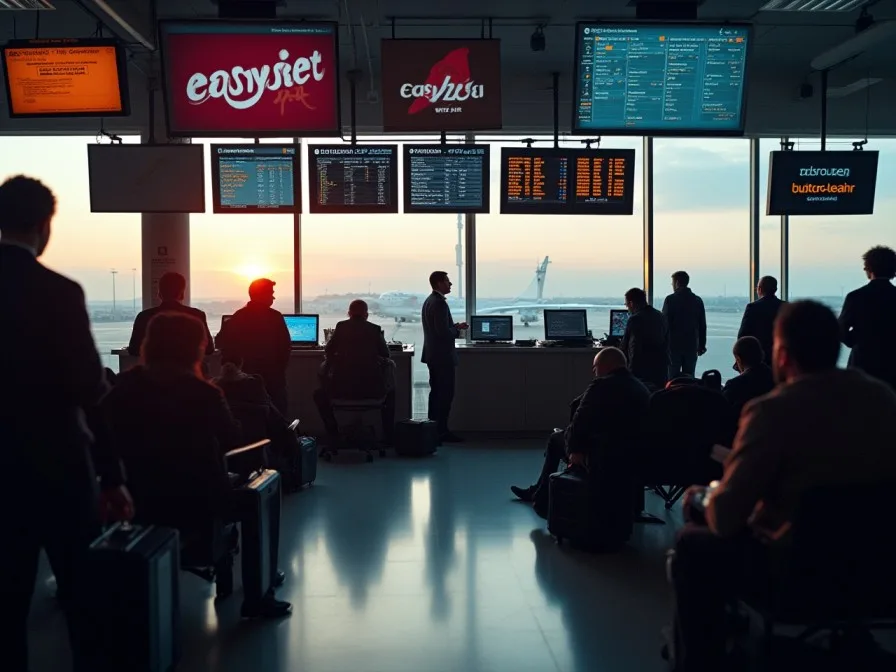Friday, August 1, 2025
A serious air traffic control incident in the UK took place on 30th July, Wednesday, causing chaos in major airports and resulting in flight cancellations and delays which left a lot of passengers stranded. The problems arose due to a technical glitch at the National Air Traffic Services control center of Swanwick, Hampshire, that resulted in a 20-minute outage that affected airports across Europe for thousands of passengers. Heathrow, Gatwick, Edinburgh, Manchester and other high-traffic airports faced the grounding and diversion of devices. The incident happened in the middle of the peak summer holiday traffic season, which caught both holidaymakers and business travelers off guard. Many flights were canceled, whereas those that were not, faced delays as long as several hours. Some of the flights had to return to their point of origin due to the inability to land. By 5.30 pm, flight analysis firm Cirium reported that more than 80 flights had been canceled and left thousands of passengers stranded or stuck in transit as they await further information.
Swift Investigation Launched by Transport Secretary
Transport Secretary Heidi Alexander held an emergency meeting with the NATS CEO to get to the bottom of the issue and find out what happened to ensure that similar incidents do not occur again. Though the failure resulted in no recorded malicious activity, the assertion by the Secretary did little to reassure the public of the ATC readiness and reliability.
Airlines Push for Accountability and Leadership Changes
A number of airlines have voiced frustration about the episode, with budget carriers such as Ryanair and Wizz Air leading the way. Ryanair’s pugnacious chief executive, Michael O’Leary, has demanded the resignation of Martin Rolfe, citing poor leadership that has resulted in multiple system collapses and widespread chaos. O’Leary was also scathing about Rolfe’s £1.5m pay deal, which he believes was unsustainable given the catalogue of issues at the helm of the business.
Wizz Air’s UK chief piled in, observing that NATS, unlike airlines, had not spent enough on operational resilience during peak periods of demand.
EasyJet chief operating officer, Chris Browne, also said she was concerned about the lack of communication and transparency during the outage. The airline stressed NATS should provide clear plans to avoid future failures.
Experts Weigh In, Is the System Ready for High-Demand Travel?
While many in the industry are demanding accountability, some have sought to minimize the importance of the failure. One-time head of the industry Graham Lake said such glitches are part and parcel of any air traffic control system, adding today’s revival of functionality was proof of its general resilience.
The air traffic control system in the UK is still quite efficient, but has come under pressure as the number of flights grow and air traffic volume becomes higher, particularly during peak times of travel such as the summer. It shows how NATS needs to develop both its technical infrastructure and its incident management planning.
What Will Happen to NATS and UK Aviation
In the months and years ahead, it will be down to NATS and the government to tackle the ever-mounting controversy over this country’s air traffic control system. The Incident was resolved swiftly, but not without demonstrating the need for a strong system during the summer months of high traffic. Both passengers and airlines will be watching closely to see whether, they will make the necessary changes required to operate more smoothly and with more reliability in the future.







